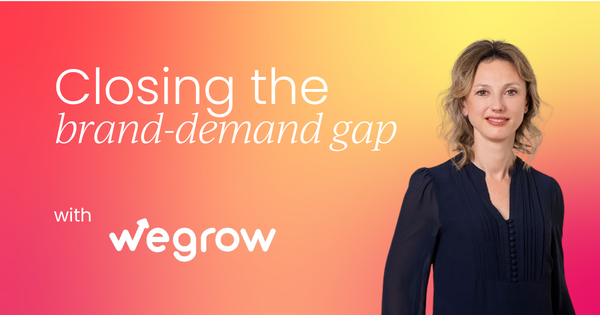Is your marketing setting your company up for long-term success or just helping you hit next quarter’s MQL goals?
This is the existential question facing every modern CMO. And in 2025, the stakes are higher than ever.
With buyer behavior evolving and digital noise at an all-time high, the challenge isn’t just capturing demand—it’s creating it. It’s not just building awareness—it’s building preference and trust that translates into pipeline, loyalty and long-term revenue.
Yet, too often, brand and demand are still managed in silos. One is seen as the long game, the other as the performance engine. But this separation is outdated—and increasingly dangerous.
The new buyer reality
Today's B2B buyer doesn't want to be “sold”. According to a study by Uswitch, nearly 70% of 18–34 year-olds (a growing segment of B2B decision-makers) prefer text over phone calls—and nearly a quarter never answer unknown numbers at all.
This reinforces what Gartner’s research has made clear: buyers spend only 17% of their purchase journey talking to potential suppliers. The rest is done independently, online and with peers.
This means your brand isn’t just a “nice to have”—it’s your silent salesperson.
The majority of the buying journey happens in spaces where demand capture tactics can’t reach.
And yet, Forrester’s 2025 report on B2B marketing measurement shows that 40% of marketing budgets are still disproportionately skewed toward short-term lead generation, often driven by pressure from the C-suite or investors.
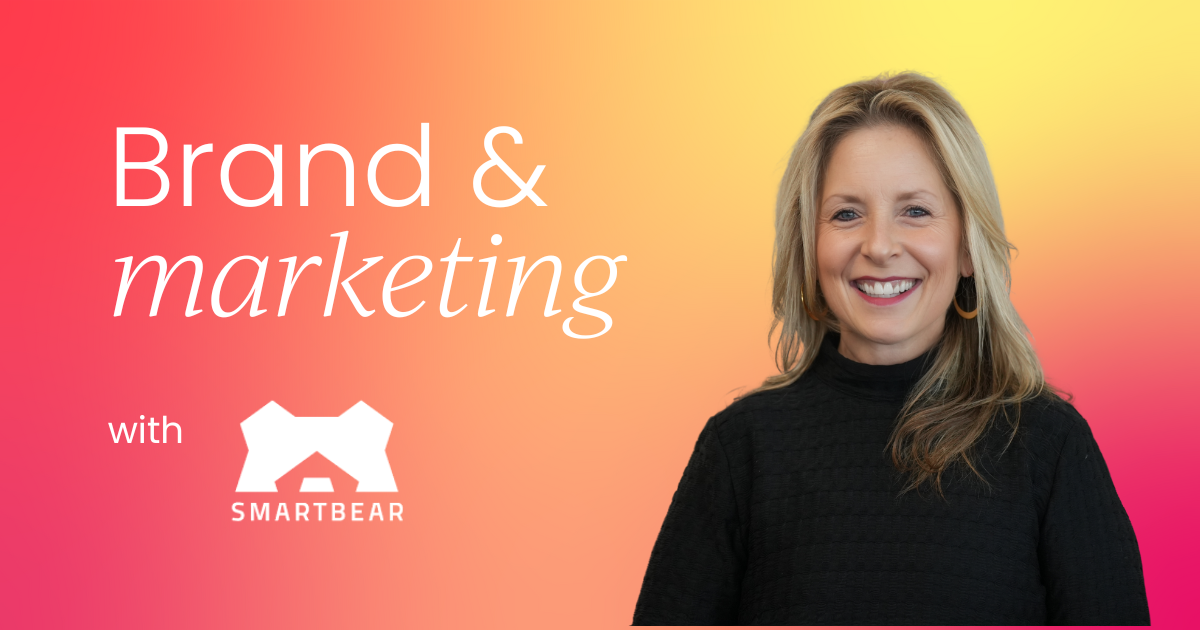
The SaaS short-term trap
If you're a CMO in a high-growth SaaS environment, this will sound familiar: you raise funding, the pressure mounts, and the default response is to double down on paid media to drive MQLs. It works—until it doesn’t.
- Acquisition costs climb
- Pipeline quality declines
- The growth engine stalls when ad spend slows
This is the SaaS short-term trap. You're renting growth, not building it.
The data says: Balance is the differentiator
Recent industry surveys show a growing awareness of the need to integrate brand and demand:
In a B2B marketing pulse survey, 39% of CMOs prioritized ROI (short-term), while 31% emphasized CLV and 30% chose Brand Awareness and CAC—highlighting near-equal weighting across the funnel.
Forrester’s Value Balance Framework urges marketing leaders to track both immediate impact and long-term brand value to enable more strategic decisions.
Google’s Effectiveness Equation report shows that combining emotional, brand-led creative with performance marketing improves ROI by up to 35% over time.
Brand and demand aren’t competing priorities. When properly integrated, they multiply each other’s effectiveness.
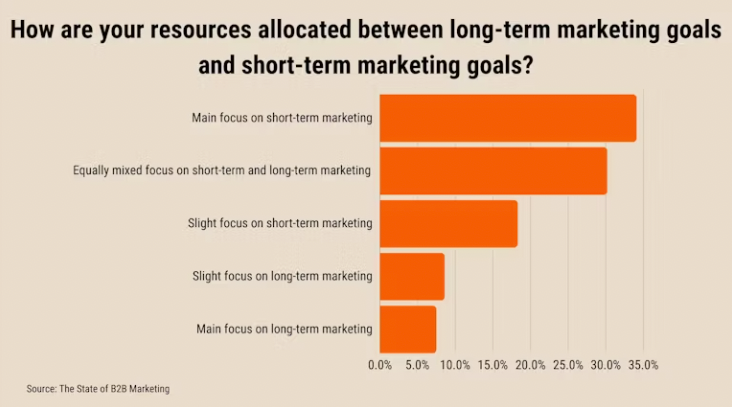
A practical framework to close the gap
The question is no longer “brand or demand?” The real challenge is: How do you connect the dots to drive short-term results and build long-term value?
Here’s how leading CMOs are closing the gap:
1. Optimize the full customer journey
SaaS marketers often over-invest in acquisition and under-invest in onboarding and adoption. Yet improving post-sale engagement reduces churn, increases LTV, and boosts word-of-mouth. Retention is a brand play, too.
2. Work on thought leadership and SEO
To build trust, visibility and retention—invest in thought leadership and SEO.
According to B2B Marketing Week, companies that prioritize SEO generate 2.5x higher-quality leads over the long term. High-intent content, optimized for discovery, positions your brand as a credible guide throughout the buyer journey—long before they fill out a form.

3. Use paid media to amplify brand, not just capture leads
If you choose to run ads, don’t just run them for direct signups. Use performance spend to promote high-value content—customer stories, market insights, executive POVs. Think brand-led demand generation.
4. Align measurement with dual objectives
A key insight from Forrester’s State of Marketing Measurement: most B2B orgs still struggle to quantify brand ROI, often because they measure with performance-only lenses.
As your business grows, so should the way you measure impact. Early-stage companies may focus heavily on acquisition metrics—but maturing as a business requires a broader view.
Continuously refine your marketing dashboard to capture both short-term performance and long-term brand value.
Include metrics such as:
- Brand awareness lift
- Share of voice
- Direct traffic growth
- Organic lead volume
- Retention and referral rates
Tracking these indicators not only proves marketing’s strategic value—it ensures you're building a brand that lasts, not just a pipeline that performs.
5. Reframe the C-Suite conversation
To get stakeholder buy-in, make the business case:
Paid leads have a short shelf life. Organic brand-driven leads convert better and cost less over time.
Brand equity reduces price sensitivity. Strong brands drive pricing power.
Predictable growth comes from owned demand, not just rented attention.

Lessons learned from top B2B CMOs
Top-performing marketing teams are integrating brand and demand at every stage. They’re:
- Running integrated campaigns where brand narrative fuels conversion
- Testing messaging not only for CTRs but for long-term positioning resonance
- Building brand experiences through community and content
- Aligning with finance to model out how brand contributes to margin, not just leads
The budget rule of thumb
While every company is different, a benchmark split backed by multiple industry analysts (including the IPA’s long-standing research) suggests:
60–70% to long-term brand-building; 30–40% to short-term performance marketing.
This doesn’t mean slowing down your pipeline. It means building a pipeline that sustains itself—with lower CAC, stronger LTV, and higher NPS.
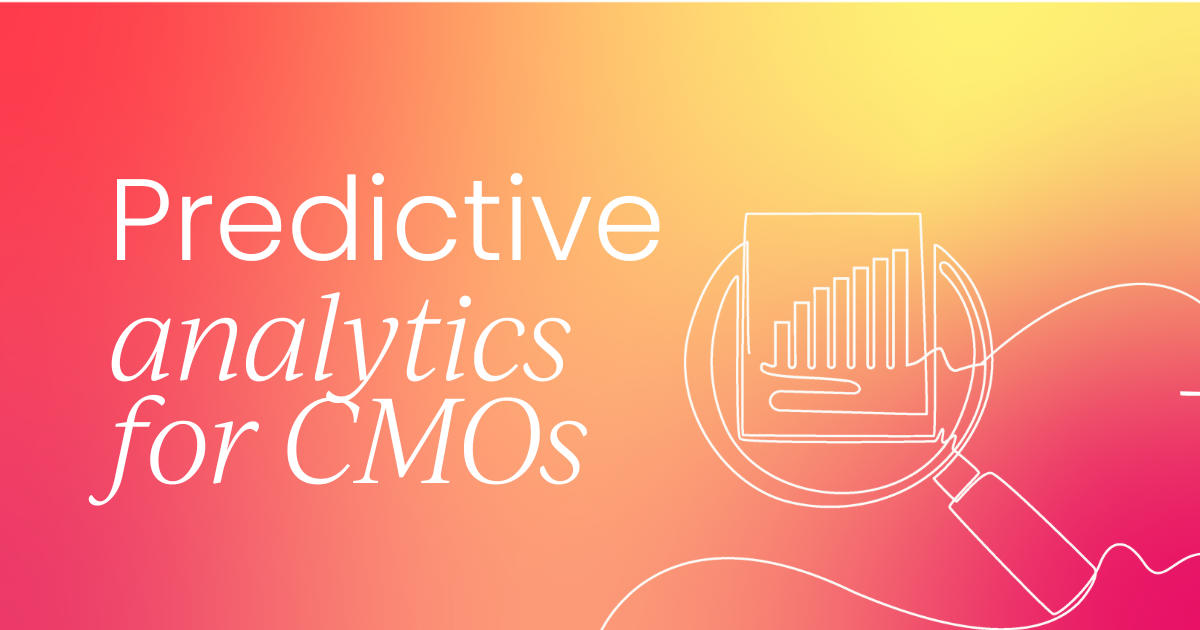
Final thought
The future of B2B marketing isn’t in choosing between brand and demand. It’s in closing the gap—and building a machine that drives both.
Ask yourself: “Are you still renting growth—or are you building it?”
Because in 2025, brand isn’t just a logo or a mission statement—it’s the differentiator that determines who gets chosen, who gets remembered and who gets funded.
Get the 3-step framework, real-world use cases, and tools to overcome roadblocks and lead smarter, faster teams.
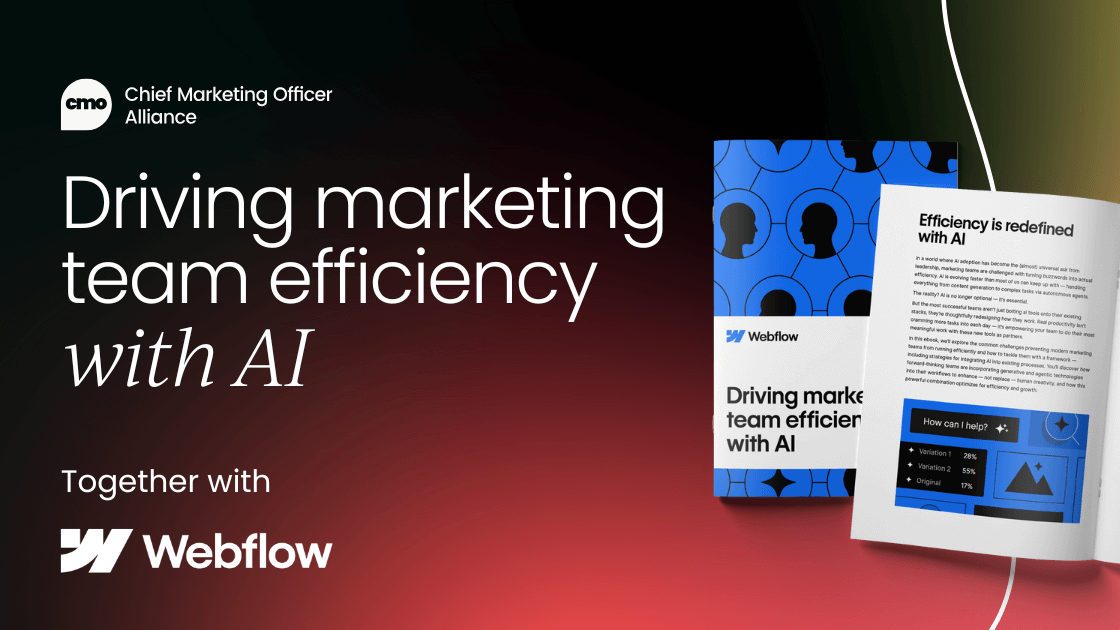






.png)


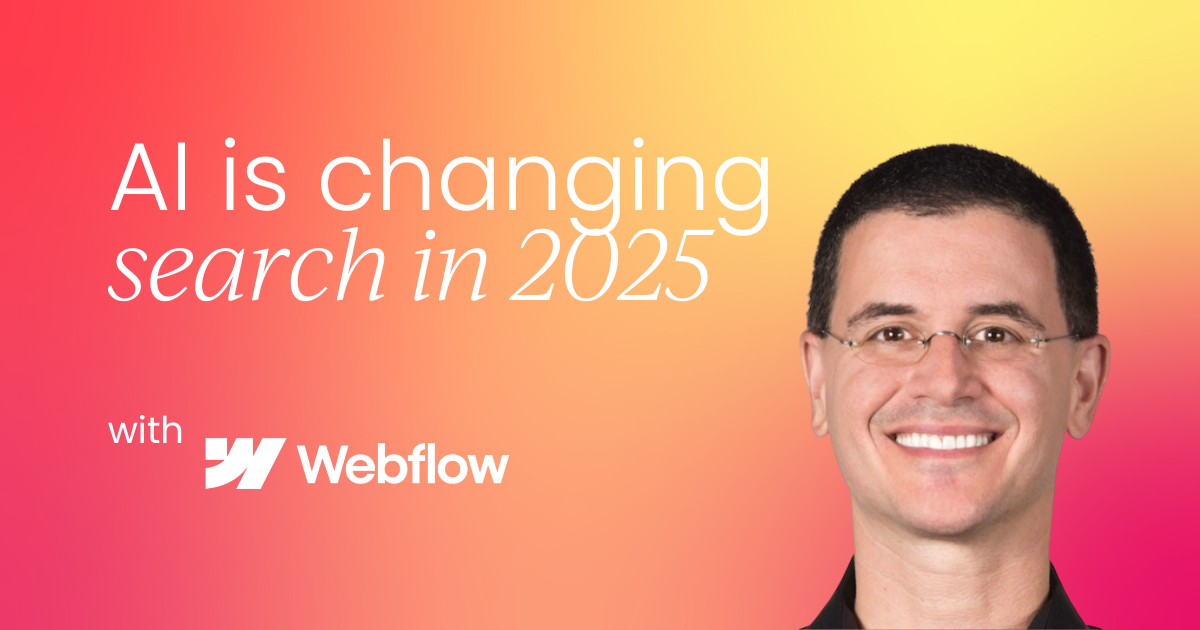
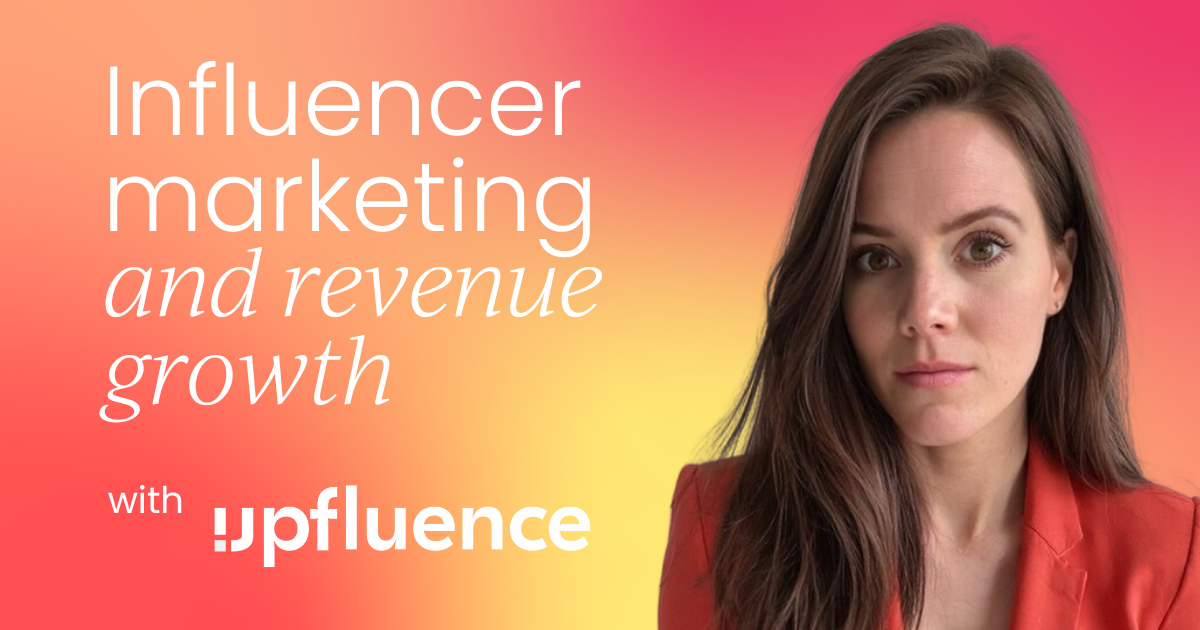
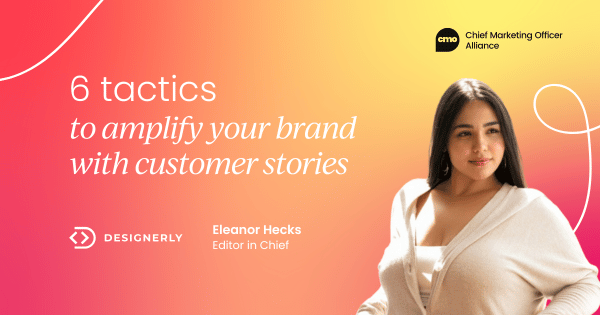




 Follow us on LinkedIn
Follow us on LinkedIn






